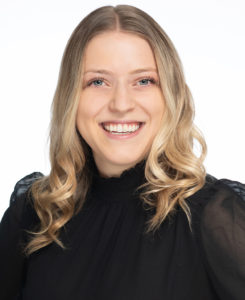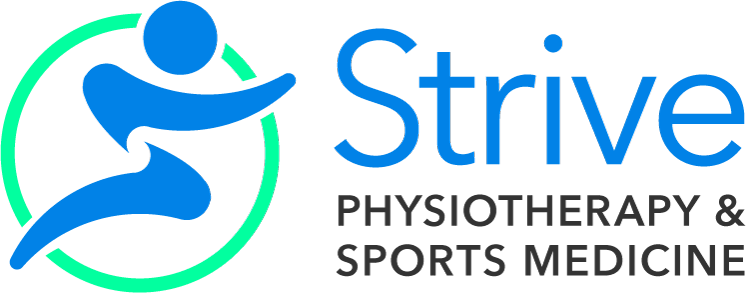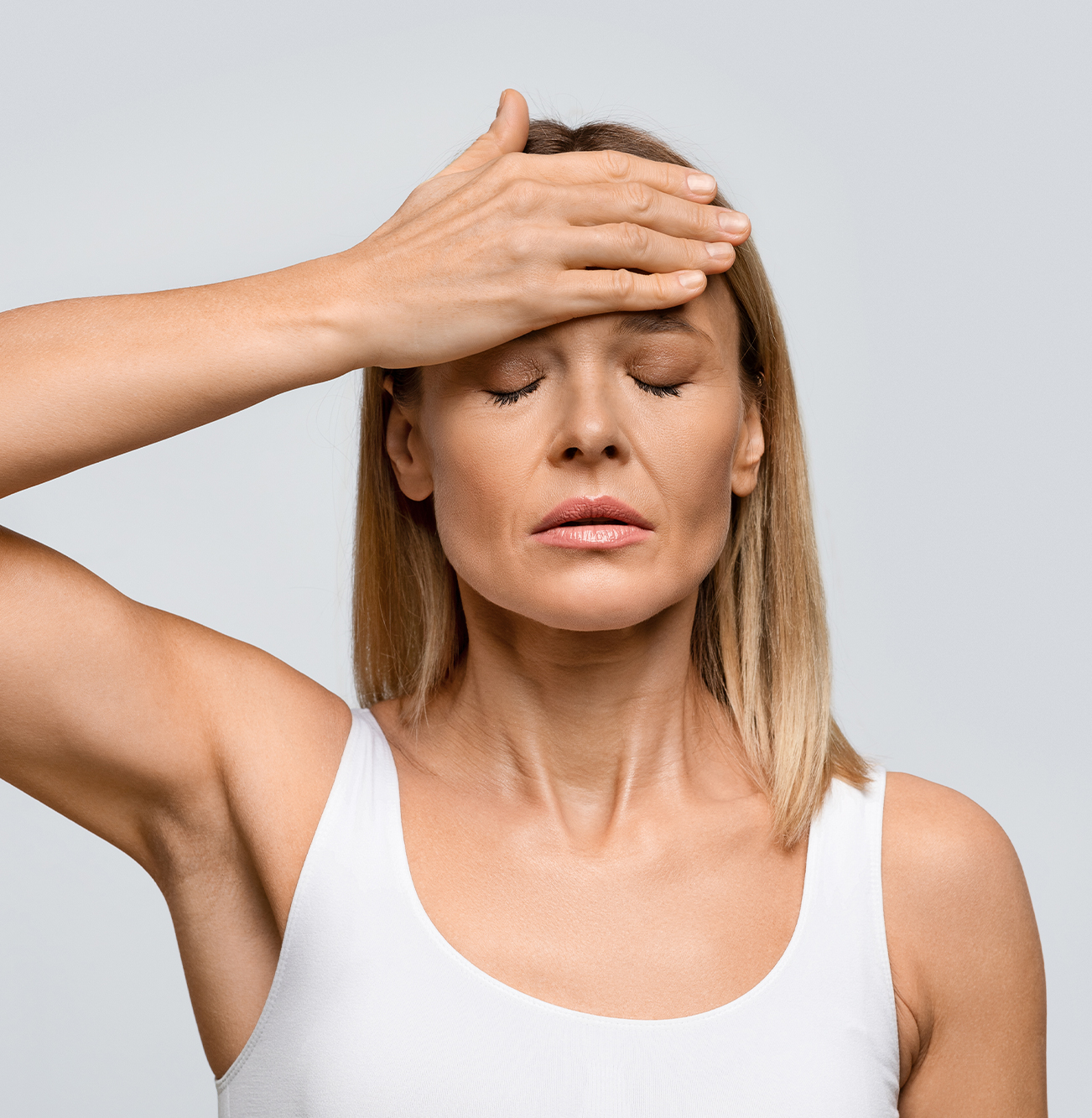Learn more about BPPV from Nicole.
Physiotherapy for Benign Paroxysmal Positional Vertigo (BPPV)
What is BPPV?
Benign Paroxysmal Positional Vertigo (BPPV) is the most common cause of vertigo. It occurs due to the displacement of small crystals (otoconia) into the fluid-filled semicircular canals within the inner ear. Changes in head position can trigger symptoms such as spinning sensations.
What are common triggers of BPPV?
BPPV is characterized by brief episodes of vertigo triggered by specific movements. Some common triggers of BPPV are:
1. Rolling Over in Bed: Changing positions while lying down can displace the inner ear crystals, leading to vertigo.
2. Looking Up or Down: Tilting your head up or down can disturb the balance organs and trigger BPPV.
3. Changing positions : Getting up from lying down or transitioning from sitting to lying down, or even leaning forward, can cause sudden movements that exacerbate symptoms.
How Does Physiotherapy Help?
1. Skilled Diagnosis and Assessment:
- Find a physiotherapist, like our very own Nicole Cesca with expertise in the assessment and management of vestibular conditions, including BPPV.
- At Strive, Nicole Cesca uses specialized infrared video goggles, also known as infrared video oculography, as part of her comprehensive vestibular assessments. These goggles allow Nicole to closely observe your eye movements, significantly enhancing the accuracy of her evaluations and informing the management plan.
2. Symptom Relief With Repositioning Techniques:
- Nicole may also use specific techniques, such as the Epley or Semont manoeuvres, to reposition the otoliths and alleviate vertigo and dizziness. Repositioning helps the particles resorb more easily, reducing uncomfortable symptoms.
3. Education and Exercise:
- You will learn more about BPPV so you can better understand its triggers and how you can manage the symptoms at home. By minimizing symptoms, you can regain independence and improve your quality of life.
- Your management plan is likely to also include individualized exercises to improve balance, strengthen neck muscles, and enhance head movement control.
Physiotherapy plays a crucial role in managing BPPV by providing targeted interventions, education, and exercises. If you suspect you have BPPV, schedule an assessment with Nicole Cesca and start on the road to recovery.
What are some tips to help prevent BPPV episodes?
While this advice doesn’t replace the personalized advice you’d receive from a health care provider, here are a few tips to help prevent a BPPV episode.
1. Stabilize Your Head: When you experience spinning sensations, stabilize your head and fix your eyes on something stationary. This can mitigate the spinning quickly.
2. Consult Healthcare Provider: If you have vertigo, consult a knowledgeable Health Care Provider trained in vestibular conditions, to rule out other causes. They can perform tests to confirm the diagnosis.
3. Home Epley Maneuver: Try the home Epley maneuver with another person’s assistance. This exercise helps reposition the displaced crystals in your inner ear and is effective in relieving BPPV-related dizziness.
4. Be Cautious: Avoid sudden movements, especially looking up. Sit down immediately if you feel dizzy. Use good lighting at night, and consider walking with a cane for stability if you’re at risk of falling.
What is the Epley maneuver?
The Epley maneuver aims to move the canaliths (crystals) out of your semicircular canals.It involves a series of head movements:
- Tilt your head to the side causing vertigo.
- Lie flat on your back with your head slightly off the edge of a surface.
- Gradually move your head to the opposite side.
- Rotate your body to align with your head.
- Remain on your side for a few moments.
- Sit upright.
The procedure takes about 5-10 minutes.
Can You Do It Yourself?
Yes! BUT! We recommend that before you try to do it on your own, you have an assessment with a health care provider skilled in vestibular assessment to confirm the diagnosis and this type of treatment. If it will help you, you will learn how and when to do it at home safety. Learning how to manage your symptoms at home is key to getting back to the activities you enjoy!

Nicole Cesca
BSc (Honours) in Biochemistry, MScPT, PhD student
Registered Physiotherapist
As a past competitive hockey and soccer athlete as well as a varsity golfer, Nicole developed a keen interest in the biomechanics of the body and how certain exercises can be used to facilitate the body’s healing process. Nicole is devoted to helping others improve their quality of life and being able to function as the healthiest version of themselves. Nicole’s love for golf has led her to continue advancing her knowledge of connection between the body and golf swing. She plans to complete her Titleist Performance Institute (TPI) certification and is passionate about assessing golfers for specific movement patterns and assisting her patients in returning to the course.


